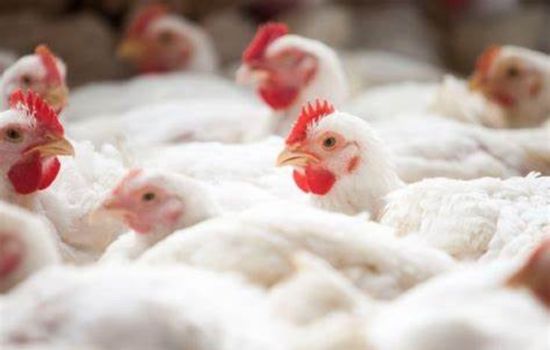Since October 2022 the Avian flu outbreak in Spain was detected and has already led to the slaughter of more than 270,000 birds.
This was obviously done with preventive protection, preventing any kind of spread of the disease.
At first, veterinarians believed that the cause of these various deaths was due to the coronavirus, as happened in Denmark and France in 2020.
However, with the tests carried out, they revealed that the cause of these losses was the avian flu virus H5N1 highly pathogenic.

With this terrible result, unfortunately more than 50 thousand vision of the breeder.
This being the biggest wave facing the country, it is possible to happen worldwide.
As quoted by Veterinarian Ùrsula Hofle, specialist in viral diseases of poultry.
Whether they are farmed or domesticated birds, which are kept by humans for the consumption of their eggs, feathers and meat.
For example, quails, chickens and turkeys.
In recent days, three more new outbreaks have been declared, in turkey farms, which are located in the provinces of Seville and Huelva, region of Andalusia.
And more than 133,000 chickens were culled in Valladolid, in Castile and León making it the largest confirmed outbreak there.
Therefore, the breeding mink from spain worries scientists, because it recorded the outbreak of H5N1, which may indicate that the virus has adapted to mammals and may also have become dangerous for humans.
What's the danger?
This spread of the virus from birds to other types of animal species is not new.
However, the pathogen of this avian flu, (also known as avian plague), has been located repeatedly in mammals such as foxes, seals and raccoons.
Being isolated cases, few people were infected by the virus.
In the cases known so far, both animals and humans were contaminated by excrement (feces, urine, sweat, nasal mucus) of infected birds.
The risk posed by this virus to the general population is considered low/moderate, but of the 868 cases of infection in humans, 457 of them ended in death.
Thanks for following Window News see you next time.



